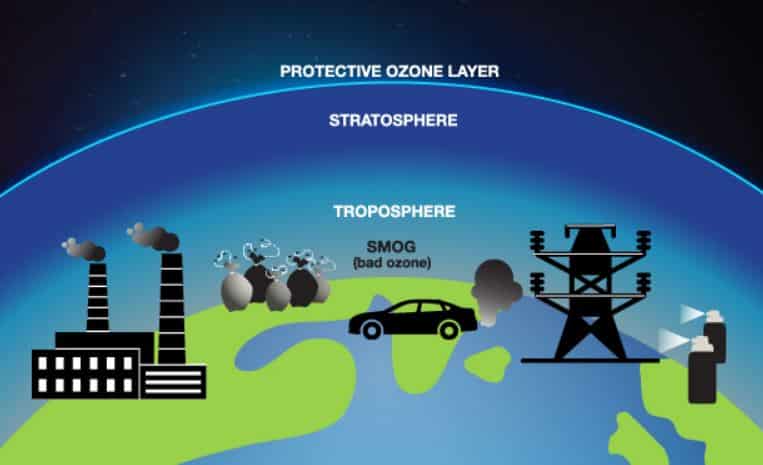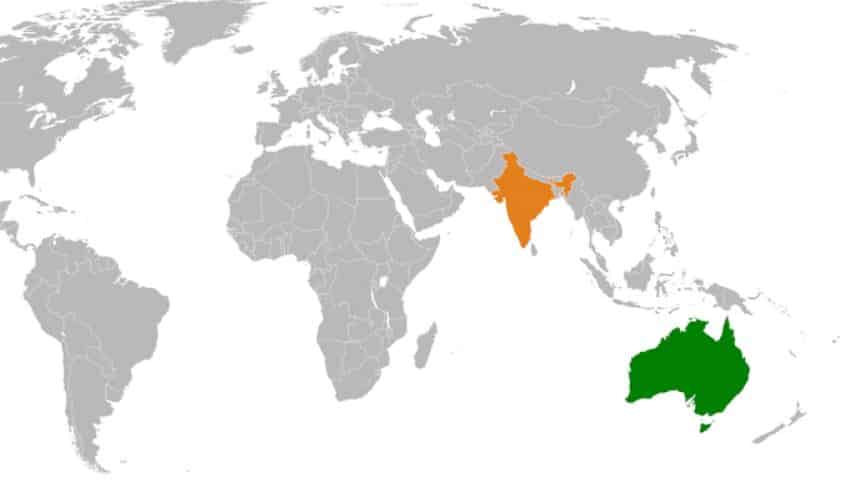Table of Contents
India Enterprise Architecture (INDEA) Framework | UPSC – IAS
Shillong Declaration on e-governance adopted at the 22nd National Conference on e-Governance (NCeG) talked about India Enterprise Architecture (IndEA).
What is India Enterprise Architecture? | UPSC – IAS
- IndEA, is a framework for developing a holistic architecture treating the Government as a single enterprise which are functionally interrelated.
- Ind-EA provides a generic framework, comprising a set of architecture reference models, which can be converted into an integrated architecture,
- With IndEA, there will be one personalised account for each individual and he or she can avail all government services from that account. This shall eliminate the need to visit separate sites and have separate logins on them to access government services.
Main principles of IndEA | UPSC – IAS
The following set of principles inform and guide IndEA framework:
- SDG Linkage: Performance Measurement Systems are aligned to Sustainable Development Goals prioritized by the Government.
- Integrated Services that cut across agency-silos are identified, designed and delivered to realize the vision of ONE Government.
- Sharing & Reusability, i.e., all commonly required Applications are abstracted to be built once and deployed across the Whole-of-Government through reuse and sharing.
- Technology Independence: Application Design is open standards-based and technology-independent.
- Data-sharing across the Government, subject to rights and privileges, so as to prevent development and use of duplicative sets of data by different agencies.
- Mobile channels are mandatory for delivery of all services, among all delivery channels.
Envisaged benefits | UPSC – IAS
- Provide a ONE Government Experience to the citizens and businesses, by offering integrated services through multiple channels, in a contactless, frictionless manner.
- Enhance the efficiency of delivery of services, by defining and enforcing service levels of a very high-order
- Improve the effectiveness of implementation of the developmental and welfare schemes through a holistic performance management.
- Enhance the productivity of employees and agencies through easy access to information.
- Provide integrated and cross-cutting services through seamless interoperability across the Whole-of Government.
- Bring in flexibility and agility in making changes to the systems to align with the best practices and to leverage the latest technologies.
- Realize cost-effectiveness through use of shared infrastructure and services.
- Enable establishing a Connected Government that works for inclusive development.
- Maintain the right balance between security of data and privacy of personal information.
Challenges | UPSC – IAS
- IndEA Framework is generic by design. It cannot be used straightaway by any enterprise. The framework has to be customized to fit the broad requirements of the business vision and objectives of the enterprise.
- The methods of implementation vary widely across enterprises, depending on the ecosystem of governance and the current stage of evolution of e-Governance in the enterprise. As such it is difficult to lay down any principles or detailed procedures for the implementation stage
- Enterprise Architecture has intricate dependencies and inter-connections between several parts. It is not possible to pull out individual components and redesign / implement them in isolation as it would seriously impair the interoperability and integration capabilities across government
Conclusion | UPSC – IAS
- With IndEA, India would be inching closer towards digital governance and establish itself as a knowledge economy as envisaged in the Digital India initiative.
- To achieve this EA planners should recognize the importance and provide specialized resources and effort adequately in the planning phase.











